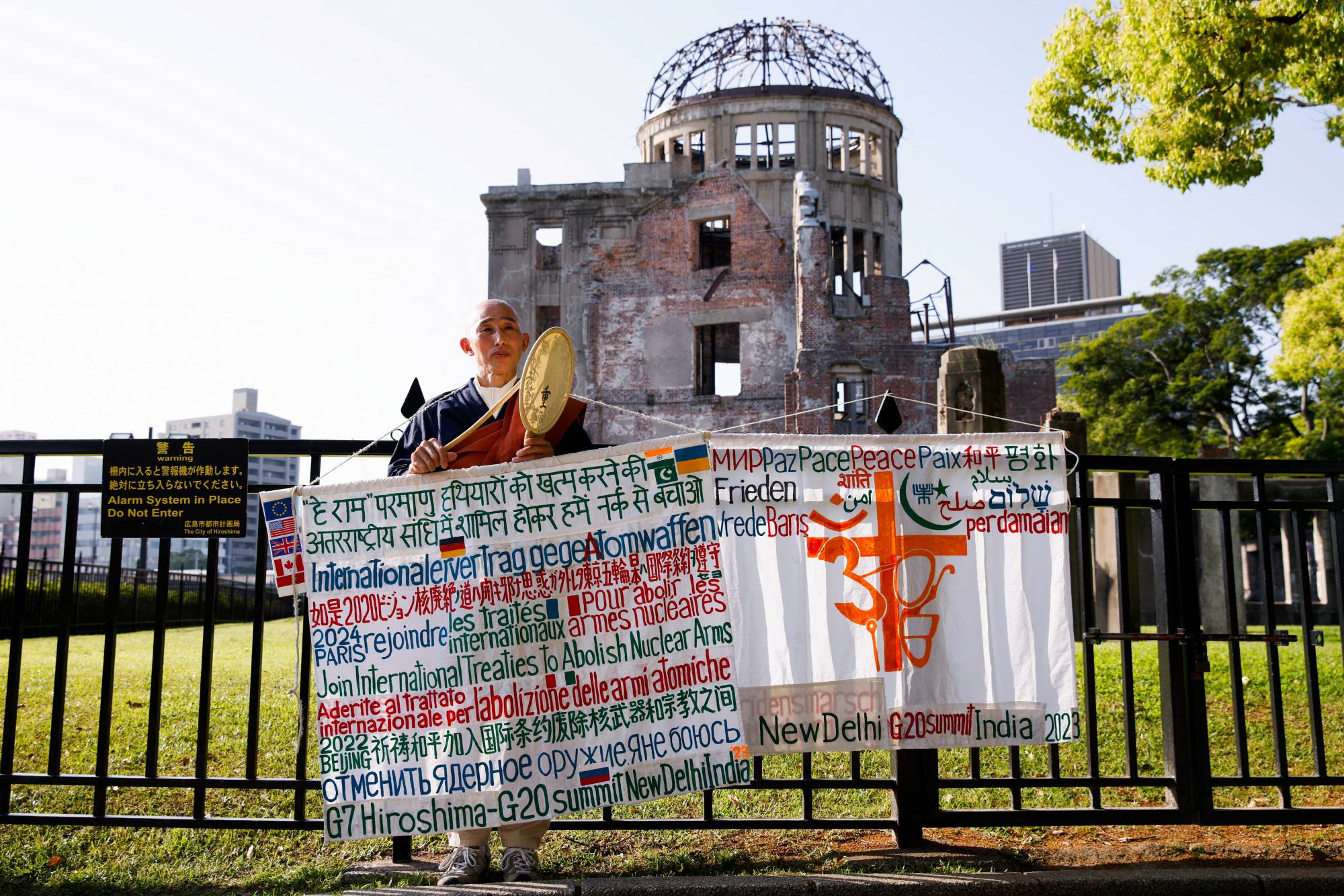Despite lofty hopes for a “nuke-free world,” global spending on nuclear weapons continued to surge in 2022, with the world’s nine nuclear states continuing to modernize and expand their arsenals.
The alarming development — the third year in a row that spending has risen — not only highlights a worsening global security environment, but also deals a serious blow to Prime Minister Fumio Kishida’s vision of a world without nuclear weapons.
The nuclear-armed countries — the United States, Russia, Britain, France, China, India, Pakistan, North Korea and Israel — spent almost $83 billion on the weapons and related systems last year, of which the private sector earned at least $29 billion, the International Campaign to Abolish Nuclear Weapons (ICAN) said in a report released Monday.


















With your current subscription plan you can comment on stories. However, before writing your first comment, please create a display name in the Profile section of your subscriber account page.